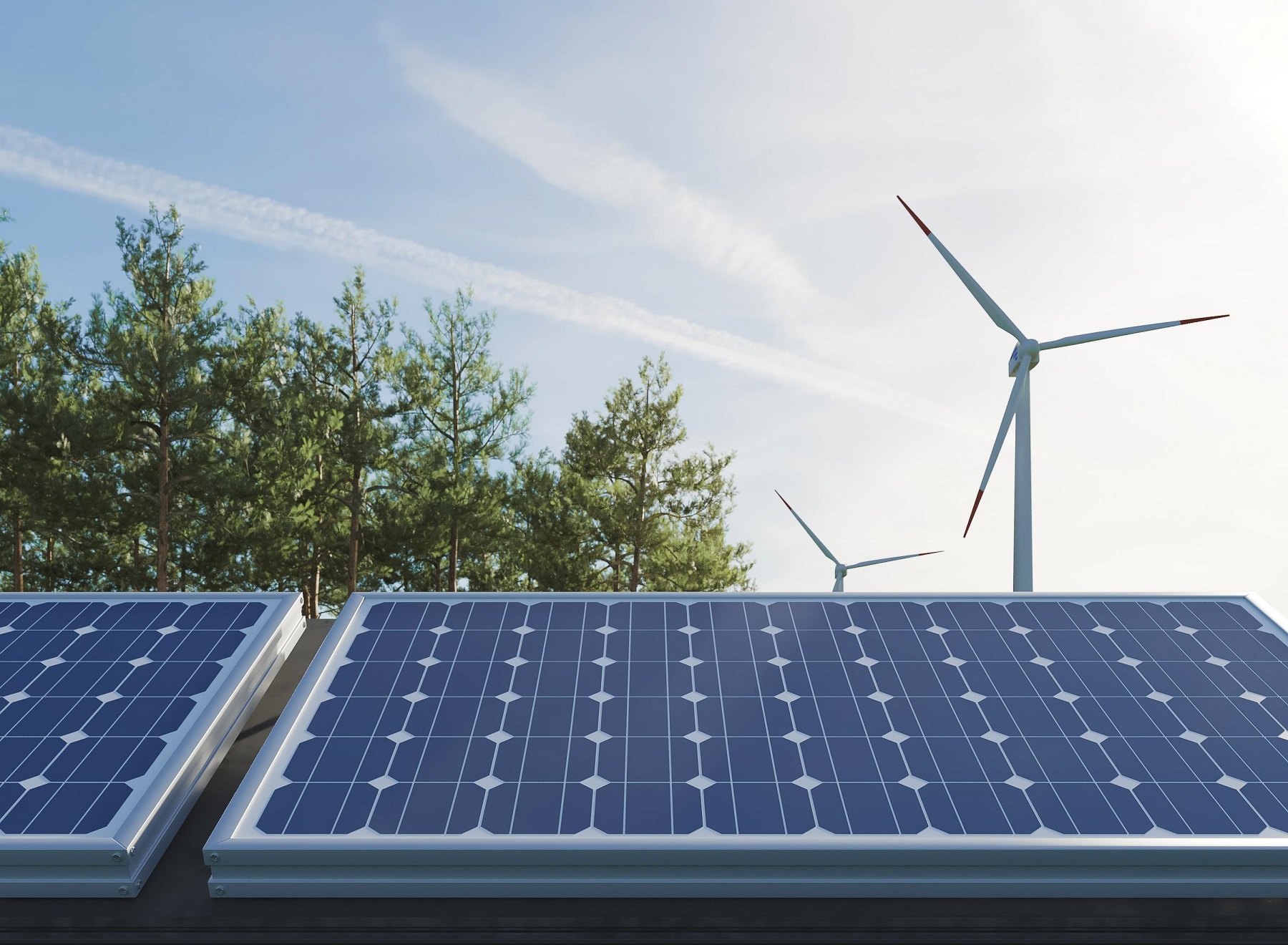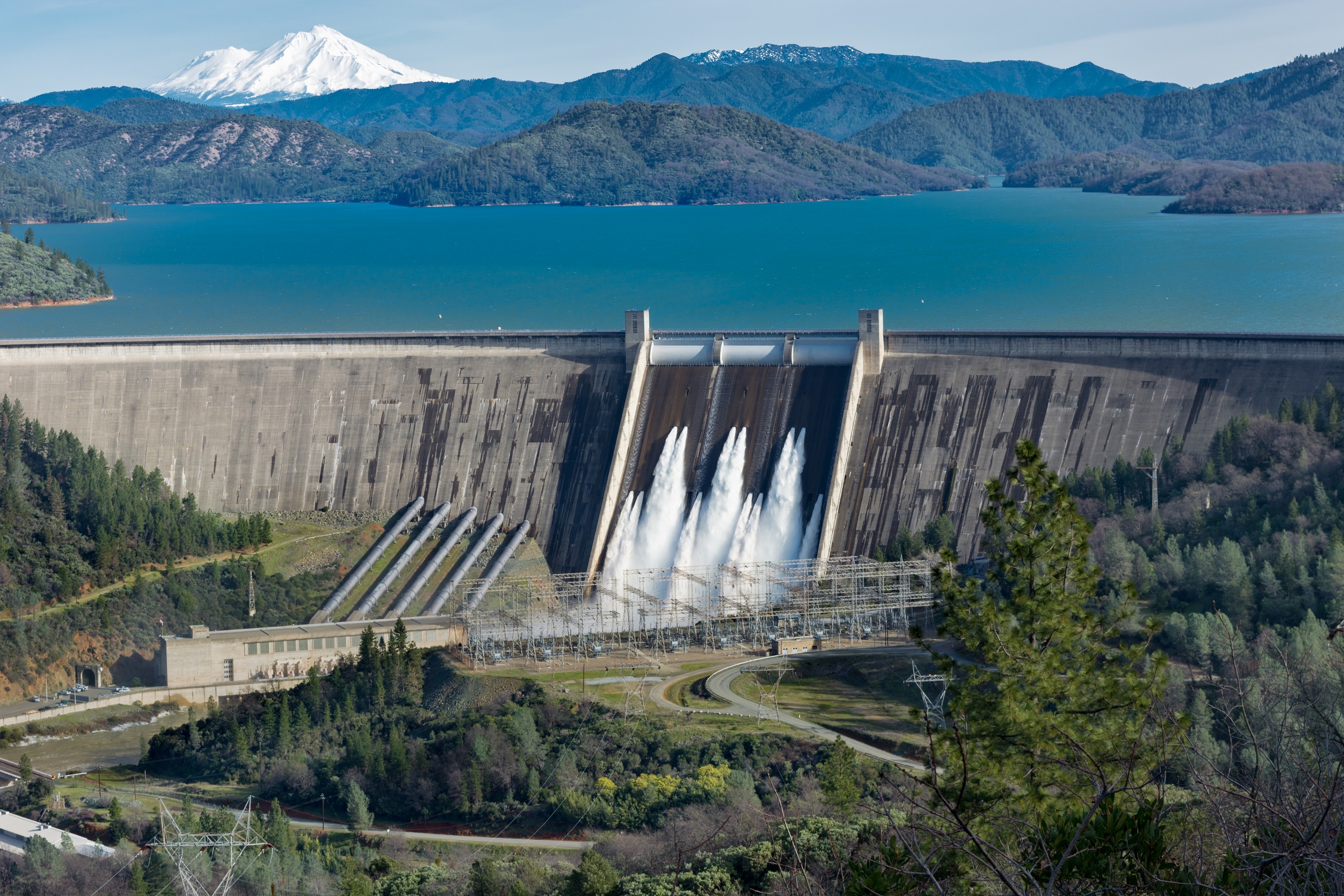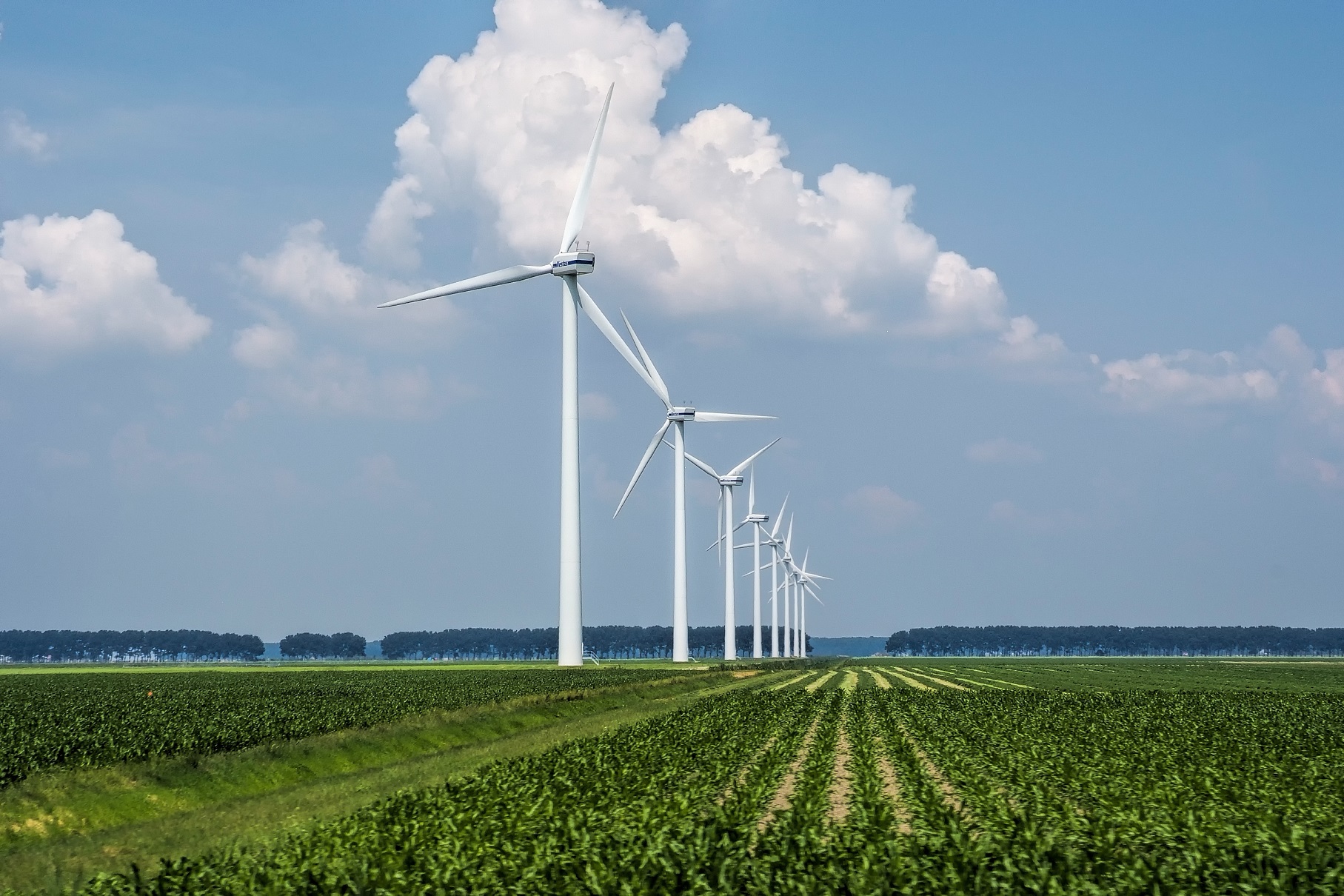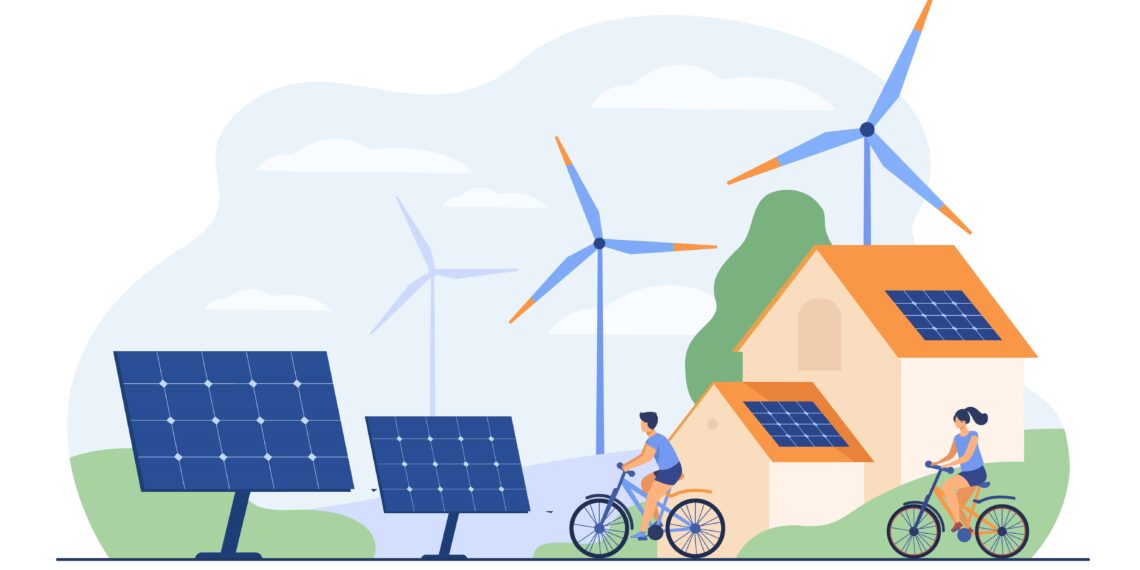Sweden, often lauded for its picturesque landscapes and progressive policies, is also a frontrunner in the realm of sustainable energy sources. The Scandinavian nation has made significant strides in diversifying its energy portfolio while minimizing its environmental footprint. In this article, we will embark on a journey through Sweden’s energy sources, examining the mix of renewables, nuclear power, and the country’s ongoing commitment to reducing carbon emissions.
The Historical Context
Before delving into Sweden’s contemporary energy landscape, it’s vital to understand its historical trajectory. For decades, Sweden relied heavily on fossil fuels, particularly oil.
However, recognizing the environmental and economic drawbacks, the country began a substantial shift towards cleaner alternatives.
The Transition from Fossil Fuels
For much of the 20th century, Sweden, like many other nations, heavily relied on fossil fuels, particularly oil. However, this dependence on finite and environmentally harmful resources began to show its vulnerabilities during the oil crises of the 1970s. These crises acted as a wake-up call for the Swedish government, prompting a fundamental shift in energy policy.
In response to the oil shocks, Sweden initiated a series of reforms and policies designed to reduce its reliance on fossil fuels. These measures included significant investments in energy efficiency, the promotion of alternative energy sources, and a commitment to environmental sustainability. This period marked the birth of Sweden’s transition towards a more diverse and sustainable energy portfolio.
The Rise of Nuclear Power
One of the key milestones during this transformation was the substantial investment in nuclear power, which began in the 1960s. While nuclear energy introduced its own set of challenges and controversies, it played a vital role in reducing Sweden’s dependence on fossil fuels.
This historical context provides the backdrop against which Sweden’s current energy mix and sustainability efforts can be better understood. It showcases Sweden’s proactive approach to adapting to changing energy landscapes while prioritizing environmental responsibility.

Contemporary Energy Mix
Today, Sweden boasts a diverse energy mix that prioritizes sustainability and resilience. Renewable energy in Sweden’s energy mix is a cornerstone of its sustainability efforts. The country harnesses the power of its abundant water resources through hydropower and utilizes its vast countryside for wind energy production.
These renewable sources significantly contribute to Sweden’s clean energy grid, aligning with its commitment to reducing carbon emissions and promoting a greener future. Let’s explore its current energy sources.
1. Hydropower
Hydropower plays a pivotal role in Sweden’s energy landscape. Harnessing the power of its numerous rivers and lakes, Sweden generates a substantial portion of its electricity through hydropower.
This clean and renewable energy source contributes significantly to the country’s commitment to sustainability and reducing its carbon footprint, making it a cornerstone of Sweden’s energy portfolio.

2. Biomass
Biomass plays a pivotal role in Sweden’s energy mix, with organic materials such as wood and agricultural residues being utilized for heating and electricity generation.
This sustainable energy source aligns with Sweden’s commitment to reducing carbon emissions. It is a vital component in their efforts to maintain an eco-friendly and diversified energy portfolio. Moreover, several biggest companies in Sweden took the help of this factor to create a worldwide successful product.
3. Wind Energy
Wind energy is a vital component of Sweden’s energy landscape, harnessing the power of its vast and windswept countryside.
The proliferation of towering wind turbines across the nation has made significant strides in contributing clean, renewable energy to the grid, highlighting Sweden’s commitment to sustainable and environmentally friendly power sources.

4. Nuclear Power
Nuclear power plays a significant role in Sweden’s energy landscape, providing a stable source of electricity. While controversial due to safety concerns and long-term sustainability, it remains an essential component of the country’s energy mix.
Sweden’s approach to nuclear power reflects its commitment to balancing energy security with environmental responsibility.
Sustainability and Environmental Impact
Sustainability and environmental impact are paramount considerations in Sweden’s energy landscape. The nation has made an ambitious pledge to achieve carbon neutrality by 2045, driving a relentless pursuit of cleaner energy solutions.
This commitment extends across various sectors, from transportation to industry, with a focus on reducing greenhouse gas emissions.
Sweden’s energy efficiency measures are equally noteworthy, with stringent regulations and innovative technologies promoting responsible energy consumption. Additionally, the country embraces a circular economy approach, minimizing waste and maximizing resource efficiency to further reduce its environmental footprint.
As a result, Sweden’s energy policies prioritize not only meeting the nation’s energy needs but also safeguarding the natural world.
By balancing economic growth with ecological responsibility, Sweden sets a remarkable example for global sustainability. It also demonstrates that a prosperous future can coexist harmoniously with environmental preservation.
Final Thought
Sweden’s journey towards sustainable energy sources is a remarkable example of a nation’s commitment to a greener future. From the historical transition away from fossil fuels to the current mix of renewables and nuclear power, Sweden’s dedication to reducing its environmental impact remains unwavering.
Moreover, Sweden paves the way for a future where nations can thrive while preserving the planet for generations to come.









